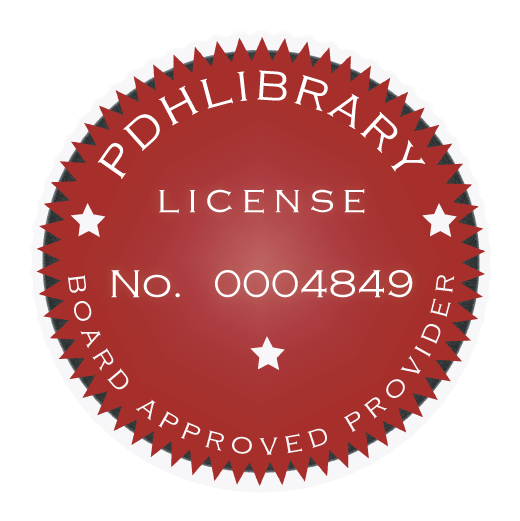This course presents methods for analyzing the operation of an existing or planned roundabout. The methods allow a transportation analyst to assess the operational performance of a facility, given information about the usage of the facility and its geometric design elements. An operational analysis produces two kinds of estimates: (1) the capacity of a facility, i.e., the ability of the facility to accommodate various streams of users, and (2) the level of performance, often measured in terms of one or more measures of effectiveness, such as delay and queues.
Roundabouts may improve the safety of intersections by eliminating or altering con- flict types, by reducing speed differentials at intersections, and by forcing drivers to decrease speeds as they proceed into and through the intersection. Though round- about crash records in the United States are limited, the experiences of other coun- tries can be used to help design roundabouts in this country. Understanding the sensitivity of geometric element parameters, along with the crash experience, will assist the designer in optimizing the safety of all vehicle occupants, pedestrians, and bicyclists.
Course Objectives:
- Describe traffic operations at roundabouts
- List data required to evaluate the performance of a roundabout
- Present method to estimate the capacity of the basic roundabout configurations
- Describe measures of effectiveness used to determine the performance of roundabouts
- Learn safety parameters integrated in roundabout design
For this course, you will need to study and review Chapter 4 and 5 of the U.S. Department of Transportation & Federal Highway Administration's publication no. FHWA-RD-00-067, "Roundabouts: An Informational Guide" before taking the quiz.

